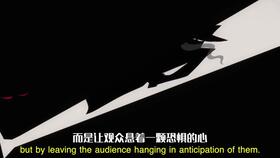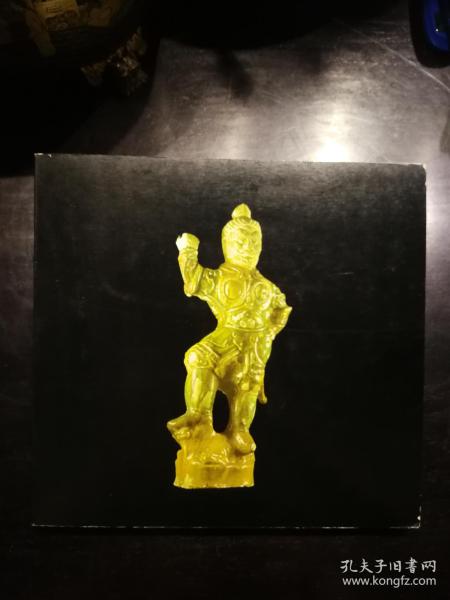Introduction:
Fishing for floating fish can be both a challenging and rewarding experience. Floating fish, such as sunfish, bluegill, and perch, are often found in shallow waters and can be quite elusive. This article aims to provide you with a comprehensive guide on how to effectively catch floating fish, complete with detailed techniques and step-by-step diagrams to help you master this skill.
Understanding Floating Fish Behavior:
Before diving into the techniques, it's essential to understand the behavior of floating fish. These fish are often found in areas with abundant vegetation and shallow waters. They are known for their elusive nature and can be quite picky about what they eat. Knowing this, you can tailor your approach to attract and catch these fish more effectively.
Choosing the Right Equipment:

The first step in catching floating fish is to choose the right equipment. Here's a list of essential gear you'll need:
- Rod and Reel: A lightweight spinning rod with a moderate action is ideal for floating fish. A reel with a good drag system is also necessary to handle the light line and small hooks.
- Line: Use a monofilament line with a breaking strength of 4 to 6 pounds. This is light enough to cast accurately and strong enough to handle the fish.
- Hooks: Small hooks, typically 2 to 4 sizes, are best for floating fish. These hooks should be sharp and well-suited for the bait you plan to use.
- Bait: Live bait like worms, crickets, or small fish can be effective. Artificial lures like small jigs or spinners can also work well.
- Floats and Leaders: A float or bobber is essential for controlling the depth at which your bait is presented. A leader of 6 to 12 inches in length will help you maintain a natural presentation.
Techniques for Catching Floating Fish:
- Locate the Fish: Start by scanning the water's surface for signs of floating fish, such as surface disturbance or visible fish. Look for areas with vegetation or structure that might attract these fish.
- Cast Carefully: When casting, aim for a spot where you've seen fish activity. Cast your line out and let it settle naturally without disturbing the water.
- Adjust the Float: Once your bait is in the water, adjust the float to the desired depth. For floating fish, you'll often want your bait to be just below the surface or slightly above it.
- Patience is Key: Floating fish can be quite slow to bite, so patience is crucial. Wait for a subtle tap or pull on the line before setting the hook.
- Reeling In: When you feel a bite, reel in slowly and gently. Floating fish can be easily spooked, so it's important to maintain a natural presentation.
Step-by-Step Diagrams:
To help you visualize the process, here are some step-by-step diagrams:
Diagram 1: Casting the Line
- Hold the rod with a firm grip.
- Swing the rod back and forth to create momentum.
- Release the line when the rod is at its highest point, casting it towards your target.
Diagram 2: Adjusting the Float
- Attach the float to the line.
- Place the float at the desired depth.
- Tie the leader to the end of the line, ensuring it's the correct length for your bait.
Diagram 3: Presenting the Bait
- Lower the bait into the water.
- Allow the float to settle naturally without disturbing the water.
- Gently move the bait in a natural, lifelike motion.
Conclusion:
Catching floating fish can be a fulfilling and enjoyable experience with the right techniques and equipment. By understanding the behavior of these fish, choosing the appropriate gear, and following the step-by-step instructions provided in this guide, you'll be well on your way to becoming a master at floating fish fishing. Happy fishing!












